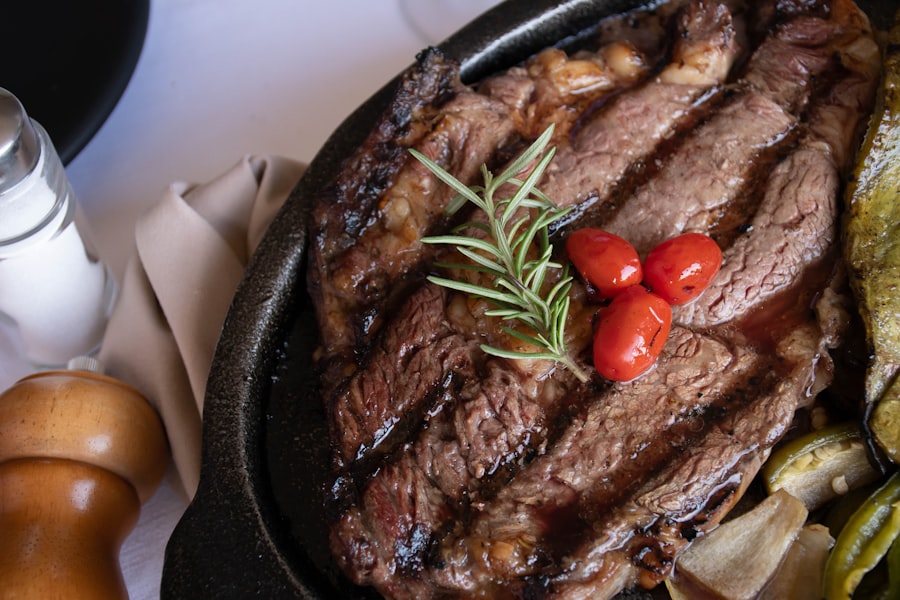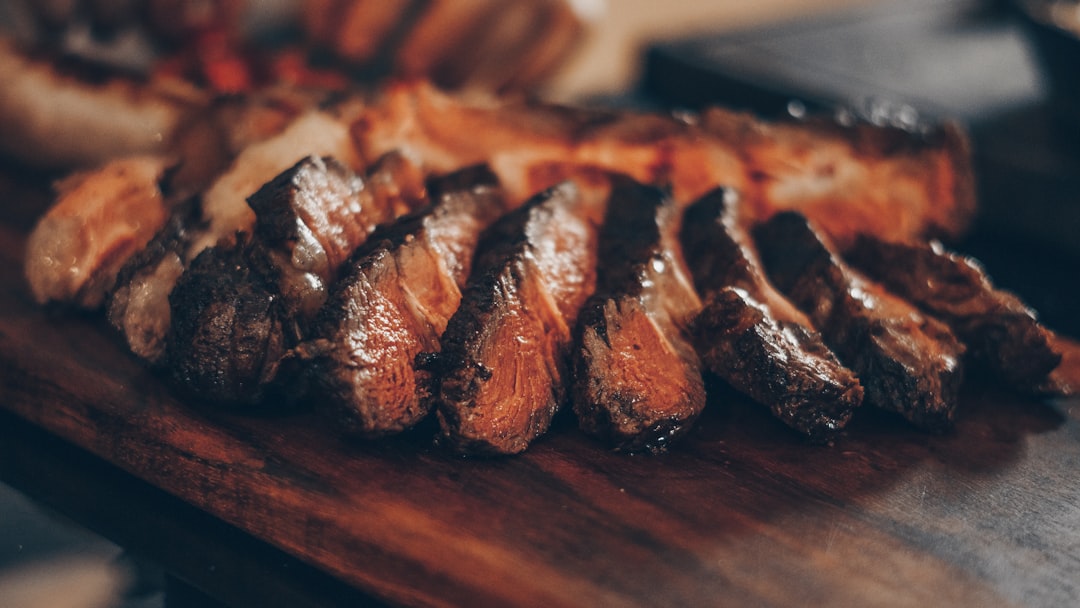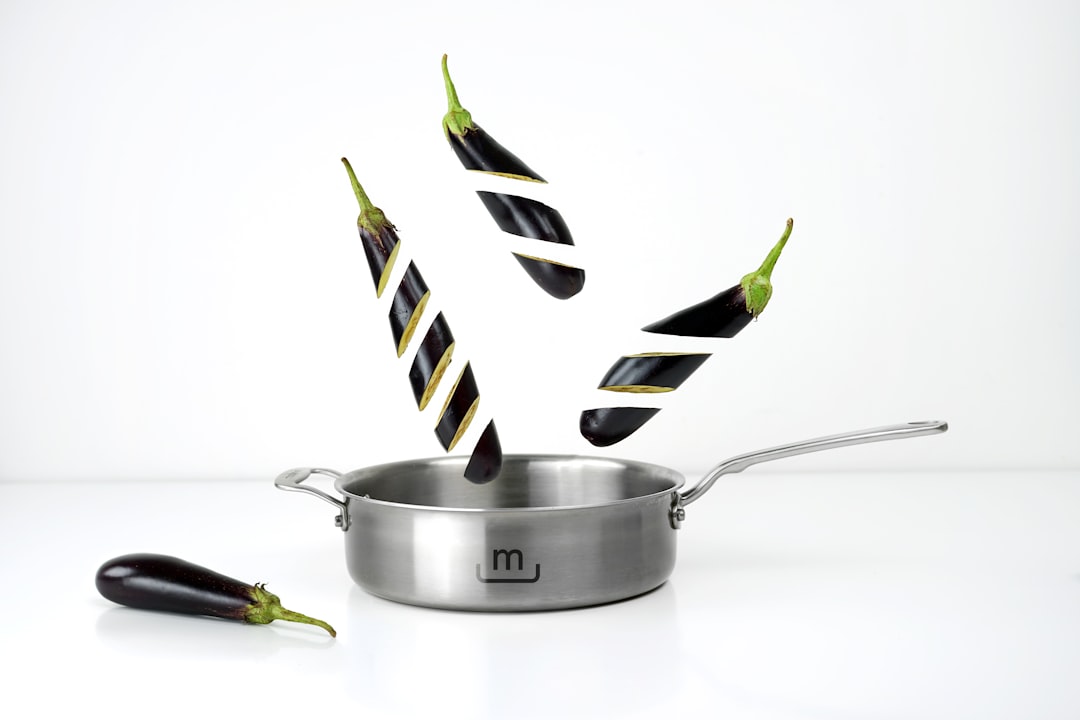In the fast-paced world we live in, the art of cooking can often feel overwhelming. However, easy cooking methods can transform the kitchen experience from a daunting task into an enjoyable and rewarding endeavor. These methods not only simplify the cooking process but also allow for the creation of delicious meals with minimal effort.
By focusing on techniques that require less time and fewer ingredients, anyone can become a confident home cook. Whether you are a busy professional, a parent juggling multiple responsibilities, or simply someone who wants to enjoy home-cooked meals without the fuss, understanding these straightforward cooking methods is essential. The beauty of easy cooking methods lies in their accessibility.
They often require basic kitchen equipment and ingredients that are readily available. From baking to grilling, each technique offers unique flavors and textures, allowing for a diverse range of dishes. This article will explore various easy cooking methods, providing insights into their benefits, tips for success, and simple recipes to get you started.
By embracing these techniques, you can elevate your culinary skills while enjoying the process of creating wholesome meals.
Key Takeaways
- Easy cooking methods offer simple and efficient ways to prepare delicious meals at home.
- Baking allows for easy preparation and delicious results, perfect for sweet and savory dishes.
- Grilling provides flavorful and healthy options for cooking meats, vegetables, and fruits.
- Stir-frying is a quick and versatile cooking method that retains the natural flavors of ingredients.
- Slow-cooking offers effortless preparation and tender, flavorful results for a variety of dishes.
Baking: Simple and Delicious
Baking is one of the most beloved cooking methods, known for its ability to produce a wide array of dishes, from savory casseroles to sweet pastries. The process involves using dry heat in an oven, which allows for even cooking and browning. One of the most appealing aspects of baking is its simplicity; once the ingredients are combined and placed in the oven, little attention is needed until the dish is ready.
This hands-off approach makes baking an ideal choice for those who want to prepare meals while attending to other tasks. A classic example of easy baking is a one-pan lasagna. By layering uncooked noodles with ricotta cheese, marinara sauce, and mozzarella, you can create a hearty meal that requires minimal preparation.
Simply cover the dish with foil and bake it until bubbly and golden. The result is a comforting dish that can feed a family or provide leftovers for the week. Baking also lends itself well to desserts; consider whipping up a simple banana bread using overripe bananas, flour, sugar, and eggs.
The aroma of freshly baked goods wafting through your home is an added bonus that makes baking all the more rewarding.
Grilling: Flavorful and Healthy

Grilling is another easy cooking method that not only enhances the flavor of food but also promotes healthier eating habits. The high heat of the grill caramelizes the natural sugars in meats and vegetables, creating a delicious char that adds depth to any dish. Grilling is particularly popular during warmer months when outdoor cooking becomes a social activity, but it can be enjoyed year-round with the right equipment.
One of the simplest grilled dishes is marinated chicken skewers. By soaking chunks of chicken breast in a mixture of olive oil, lemon juice, garlic, and herbs for just 30 minutes, you can infuse the meat with flavor before threading it onto skewers with colorful vegetables like bell peppers and onions. The skewers can then be grilled for about 10-15 minutes until cooked through.
This method not only results in a tasty meal but also allows for customization based on personal preferences or seasonal produce. Grilling vegetables such as zucchini, corn, or asparagus alongside your protein adds vibrant colors and nutrients to your plate while keeping preparation minimal.
Stir-frying: Quick and Versatile
| Stir-frying Method | Benefits |
|---|---|
| Quick Cooking | Preserves nutrients and flavors |
| Versatile | Can be used with various ingredients |
| Healthy | Requires less oil compared to other cooking methods |
Stir-frying is a fast and versatile cooking method that originated in Asian cuisine but has gained popularity worldwide due to its efficiency and flavor potential. This technique involves cooking small pieces of food quickly over high heat in a wok or large skillet with a small amount of oil. The quick cooking time preserves the nutrients in vegetables while creating a delightful texture that is both tender and crisp.
A quintessential stir-fry can be made with whatever ingredients you have on hand. For instance, a simple vegetable stir-fry can include broccoli, bell peppers, carrots, and snap peas tossed in soy sauce and sesame oil. Adding protein such as shrimp or tofu elevates the dish further while keeping it light and healthy.
The key to successful stir-frying lies in preparation; having all ingredients prepped and ready to go before you start cooking ensures that everything cooks evenly without burning. This method not only saves time but also allows for creativity in combining flavors and textures.
Slow-cooking: Effortless and Tender
Slow-cooking is a method that has gained immense popularity due to its convenience and ability to produce tender, flavorful dishes with minimal effort. Using a slow cooker or crockpot, ingredients are combined and cooked at low temperatures over several hours. This method is particularly advantageous for busy individuals who want to come home to a warm meal without spending time in the kitchen after a long day.
One of the most beloved slow-cooked dishes is beef stew. By combining chunks of beef with potatoes, carrots, onions, and broth in a slow cooker, you can set it in the morning and return home to a hearty meal that has been simmering all day. The low heat allows the flavors to meld beautifully while tenderizing tougher cuts of meat.
Another great option is chili; by layering beans, ground meat, tomatoes, and spices in your slow cooker, you can create a comforting dish that only gets better as it sits. The versatility of slow-cooking means you can experiment with various cuisines and ingredients without much hassle.
Steaming: Nutritious and Light

Steaming for Vegetables
Steaming is particularly effective for vegetables, as it helps retain their vibrant colors and crisp textures. For instance, steaming broccoli ensures it remains packed with vitamins A and C. To add flavor without compromising health benefits, consider drizzling steamed vegetables with lemon juice or a sprinkle of sea salt before serving.
Steaming for Fish
Fish fillets such as salmon or tilapia also benefit from steaming; they become moist and flaky without the need for added fats or oils. A simple preparation could involve placing seasoned fish on a steaming rack over boiling water along with slices of lemon or herbs for added flavor.
Additional Tips
Steaming is a versatile cooking method that can be used for a variety of foods, including certain grains like rice or quinoa. By incorporating steaming into your cooking routine, you can enjoy healthy and flavorful meals while preserving the nutrients of your ingredients.
Tips for Success with Each Cooking Method
To maximize your success with these easy cooking methods, there are several tips worth considering. For baking, always preheat your oven to ensure even cooking; this step is crucial for achieving the desired texture in baked goods. Additionally, measuring ingredients accurately can make a significant difference in the outcome of your dish—especially in baking where precision is key.
When grilling, ensure your grill grates are clean and well-oiled before placing food on them to prevent sticking. Marinating proteins not only enhances flavor but also helps tenderize them before grilling. For stir-frying, cut ingredients into uniform sizes to ensure even cooking; this will prevent some pieces from being overcooked while others remain raw.
Keep your wok or skillet hot throughout the process to achieve that signature sear. For slow-cooking success, layering ingredients properly can enhance flavor; place heartier items like root vegetables at the bottom where they will cook more thoroughly while allowing lighter items like herbs or delicate vegetables to sit on top. When steaming, avoid overcrowding your steamer basket; this ensures that steam circulates effectively around each piece of food for even cooking.
How to Choose the Right Cooking Method for Your Ingredients
Choosing the right cooking method often depends on the type of ingredients you are working with as well as your desired outcome. For instance, tougher cuts of meat benefit from slow-cooking or braising methods that break down collagen over time, resulting in tender bites. Conversely, lean cuts like chicken breast or fish fillets are best suited for grilling or baking where quick cooking times preserve moisture.
Vegetables also dictate which method may be most appropriate; delicate greens like spinach or arugula are best steamed briefly or sautéed quickly to maintain their vibrant color and nutrients. Heartier vegetables such as carrots or potatoes can withstand longer cooking times associated with roasting or slow-cooking without losing their texture. Additionally, consider your personal preferences when selecting a method; if you enjoy crispy textures, grilling or roasting may be more appealing than steaming.
On the other hand, if you prioritize health benefits and nutrient retention, steaming or slow-cooking might be your go-to choices.
Easy Recipes for Each Cooking Method
To illustrate these easy cooking methods further, here are simple recipes that anyone can try at home: 1. **Baked Zucchini Fritters**: Combine grated zucchini with eggs, flour, cheese, and seasonings before shaping into patties and baking until golden brown.
2. **Grilled Vegetable Platter**: Toss assorted vegetables like bell peppers, eggplant, and mushrooms in olive oil and herbs before grilling until charred and tender.
3. **Chicken Stir-Fry**: Sauté sliced chicken breast with bell peppers and broccoli in soy sauce and ginger for a quick weeknight meal served over rice. 4.
**Slow-Cooked Pulled Pork**: Rub pork shoulder with spices before placing it in a slow cooker with barbecue sauce; cook on low for 8 hours until it shreds easily. 5. **Steamed Dumplings**: Fill dumpling wrappers with ground meat and vegetables before steaming them until cooked through; serve with soy sauce for dipping.
Equipment and Tools Needed for Each Cooking Method
Each cooking method requires specific tools that enhance efficiency and effectiveness in the kitchen. For baking, essential equipment includes mixing bowls, measuring cups and spoons, baking sheets or pans, and an oven thermometer to ensure accurate temperatures. Grilling necessitates a grill (gas or charcoal), grilling utensils such as tongs and spatulas, as well as a meat thermometer to check doneness accurately without cutting into your food.
Stir-frying typically requires a wok or large skillet along with a wooden spoon or spatula for tossing ingredients quickly over high heat. For slow-cooking enthusiasts, investing in a quality slow cooker is key; many models come with programmable settings that allow you to set cooking times easily. Lastly, steaming requires either a dedicated steamer basket or an electric steamer; both options allow you to cook multiple items simultaneously while retaining their nutrients.
By equipping your kitchen with these essential tools tailored to each method, you can streamline your cooking process while achieving delicious results every time.
Enjoying Delicious Meals with Easy Cooking Methods
Embracing easy cooking methods opens up a world of culinary possibilities that cater to various tastes and lifestyles. Whether you prefer the simplicity of baking or the vibrant flavors achieved through grilling and stir-frying, each technique offers unique advantages that make meal preparation enjoyable rather than burdensome. With practice and experimentation using these methods—alongside helpful tips and recipes—you can cultivate confidence in your cooking abilities while delighting family and friends with delicious homemade meals that nourish both body and soul.



